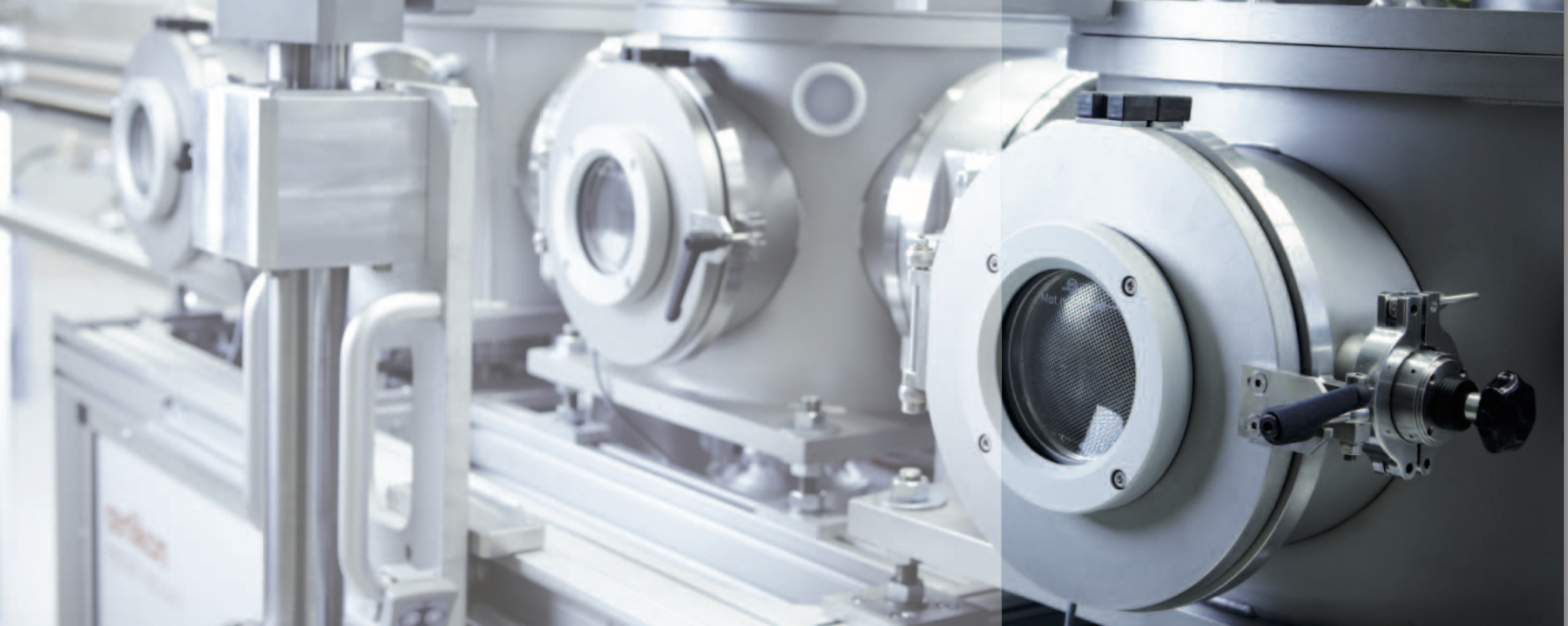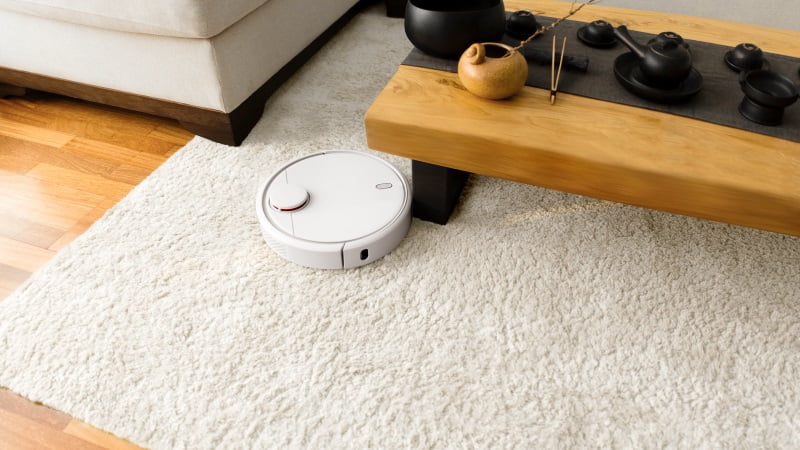
Vacuum coating involves deposition techniques that are on the whole very interesting. One reason is the look and feel of the finished product. Another reason that earth-conscious people will appreciate is the environmental impact is greatly reduced when using this highly versatile process.Characterizations of Vacuum Deposition TechniquesAll vacuum deposition techniques are characterized in the following manner:
Parts set aside for coating are usually placed in an evacuated chamber until the pressures reach 10-5 mbar.
Vapors of the materials that are placed inside the chamber form the actual coating.
Vapors then diffuse as they reach the substrates and condensate.Condensation typically happens when the process of gas being introduced into the chamber occurs in a controlled mode. It works because this allows the condensation to be accompanied by chemical reactions, leading to the formation of a different compound substance.Often, the deposited layer is subjected to the intense barrage where gas ions or vapors collide, which delivers remarkable positive effects on the properties. Finally, the coating begins to form while imperfect molecules that are not absorbed are eliminated.Instead, the materials are mechanically compacted to the entire coating. The result is the formation of defect-poor, dense and adhering coatings.Advantages to Using These TechniquesThere are multiple advantages to using vacuum deposition techniques such as:
Vacuum is a clean, environmental-friendly technique with ambient that reproduces easily. These coatings will only contain elements or molecules that are introduced into the chamber for preparation. This ensures a high-quality coating for different surfaces.
Devices used for the vapors only work within the vacuum.
Conditions necessary for proper deposition means the majority of materials are oxidized in conventional atmospheres.
The average free hop of vapor molecules takes less than a millimeter and cannot reach the substrates.Overall, there are two main families in which vacuum deposition techniques are divided: Physical Vapor Deposition and Chemical Vapor Deposition. Known by the acronyms PVD and CVD respectively, each technique serves its own purpose.For PVD techniques, vapors condense to form a film from sputtering or heating means. With CVD techniques, instead of vapors being obtained from condensing, they are obtained by dissociation of gaseous species.Many different techniques are involved with both of these families. PVD techniques are often performed through evaporation that occurs from an electronic gun, the sputtering, a molecular beam epitaxy or evaporation from the cathodic arc. CVD techniques include a plasma activated process or through thermal means.



